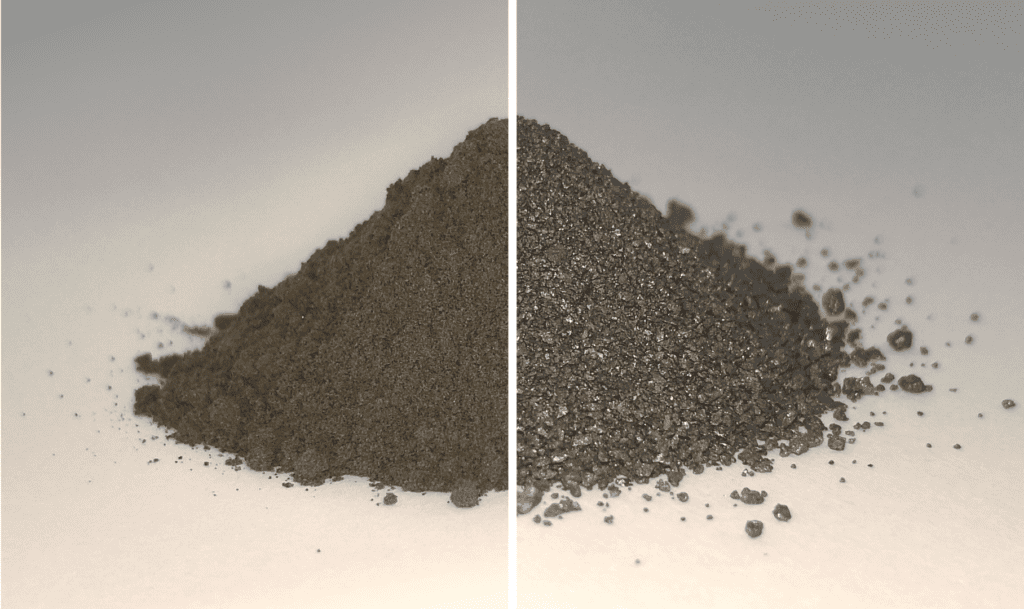A prototype oxygen plant in the Netherlands can extract oxygen from moondust, which could pave the way for the new generation of moon explorers.

We’ve known for a while that there’s a lot of oxygen in moondust. Up to half of the weight of moondust is oxygen. The problem is that is trapped inside, mixed and linked with other chemical elements. A breakthrough was made last year, when researchers figured out how to break the moondust and extract oxygen from it. Now, just one year later, the first working prototype plant has been developed.
“Having our own facility allows us to focus on oxygen production, measuring it with a mass spectrometer as it is extracted from the regolith simulant,” comments Beth Lomax of the University of Glasgow, whose PhD work is being supported through ESA’s Networking and Partnering Initiative, harnessing advanced academic research for space applications.
Oxygen is useful for many things. For one, we breathe it — and it’s vital for any manned mission, one the moon or elsewhere. Having a long-term extraterrestrial base would greatly benefit from having a reliable way to generate new oxygen.
But that’s not all oxygen does: it’s also very important for rocket fuel.
“Being able to acquire oxygen from resources found on the Moon would obviously be hugely useful for future lunar settlers, both for breathing and in the local production of rocket fuel,” Lomax adds.

The oxygen extraction is done using a method called molten salt electrolysis. The moon dust is placed in a metal basked with molten calcium chloride salt. This serves as an electrolyte, a substance that produces an electrically conducting solution. This is heated to 950°C.
At this temperature, the moon dust is still solid and intact. But when current is passed through it, it causes oxygen to migrate from the moon dust and across the salt, becoming captured separately. As an added bonus, what’s left of the moondust can also be used as a metal alloy.
“The production process leaves behind a tangle of different metals,” adds ESA research fellow Alexandre Meurisse, “and this is another useful line of research, to see what are the most useful alloys that could be produced from them, and what kind of applications could they be put to.
This is still an incipient area of research — but developing new materials, especially ones which would be readily available on the moon (and potentially even 3D-printed), is extremely appealing.
For now, this is just a prototype, though it’s very encouraging that it seems to work (and silently at that). The next goal is to design a pilot plant that could operate sustainably on the moon. This is expected to take shape at some point in the mid-2020s.









